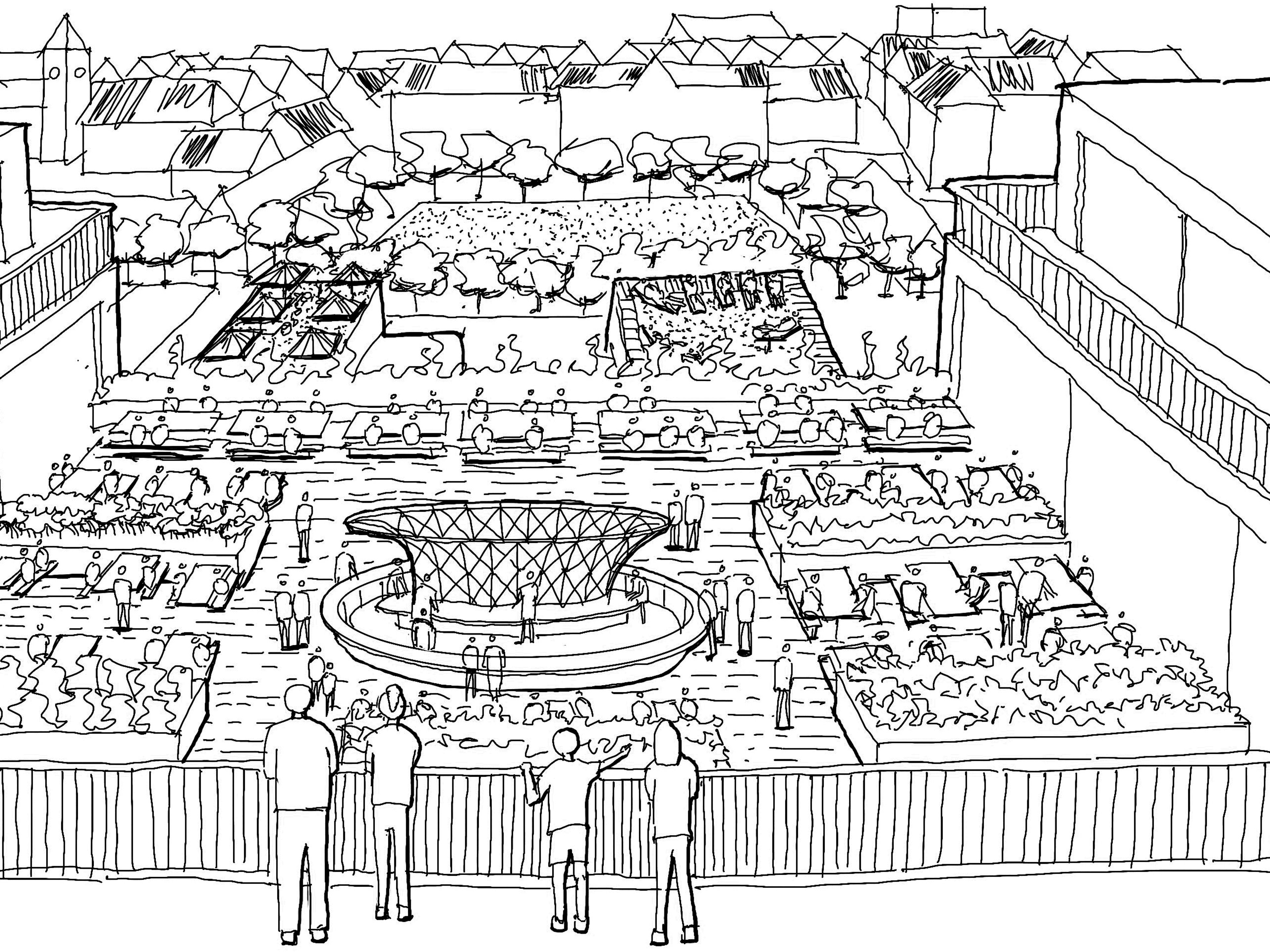
Connecting people and places
by Jeff KindleysidesAn undeniable desire to re-identify and reconnect with what it means to be human is driving heightened consumer demand for tactile interaction, sensory stimulation and social experiences. This socioeconomic shift is influencing new re-engagement strategies by urban planners, shopping centre developers and global retailers.
At the start of this decade, Accenture predicted that the next 5 years would bring “more change than retail has seen in the last 100 years.” Now, in the midst of this unprecedented evolution, what are the fundamental changes driving the new rules of modern retail?
Undeniably, all categories have seen major disruption from online challenger brands, new ownership models and the experience economy, all of which have redefined consumption. Legacy brands that have failed to adapt or innovate during this time have become victims of the heavily publicised ‘retail apocalypse’. On top of this we have also seen a plethora of ‘fail fast, fail often’ digital experimentation, widespread bandwagon tactics diluting ideas almost as quickly as they emerge, and more strategic retail portfolios, with fewer stores offering diversified experiences as opposed to globalised rollouts.
So while there has been noticeable change and disruption, looking forward there are growing calls for retailers to be even braver with their physical brand spaces and digital ecosystems. The future of retail is a complex mix of ingredients, but one thing is certain: branded spaces must offer more than a traditional transaction.
Look at progressive brands like The Conservatory at the recently opened Hudson Yards in New York, which foregoes transactions and inventory completely, focusing instead on discovery and inspiration with a ‘try not buy’ strategy; or ACNE’s Project Store in Shibuya, which amplifies the transactional experience, changing the entire interior aesthetic and experience with each new product drop. Both of these concepts demonstrate approaches that nurture far deeper emotional connections with consumers by going beyond the transactional relationship.
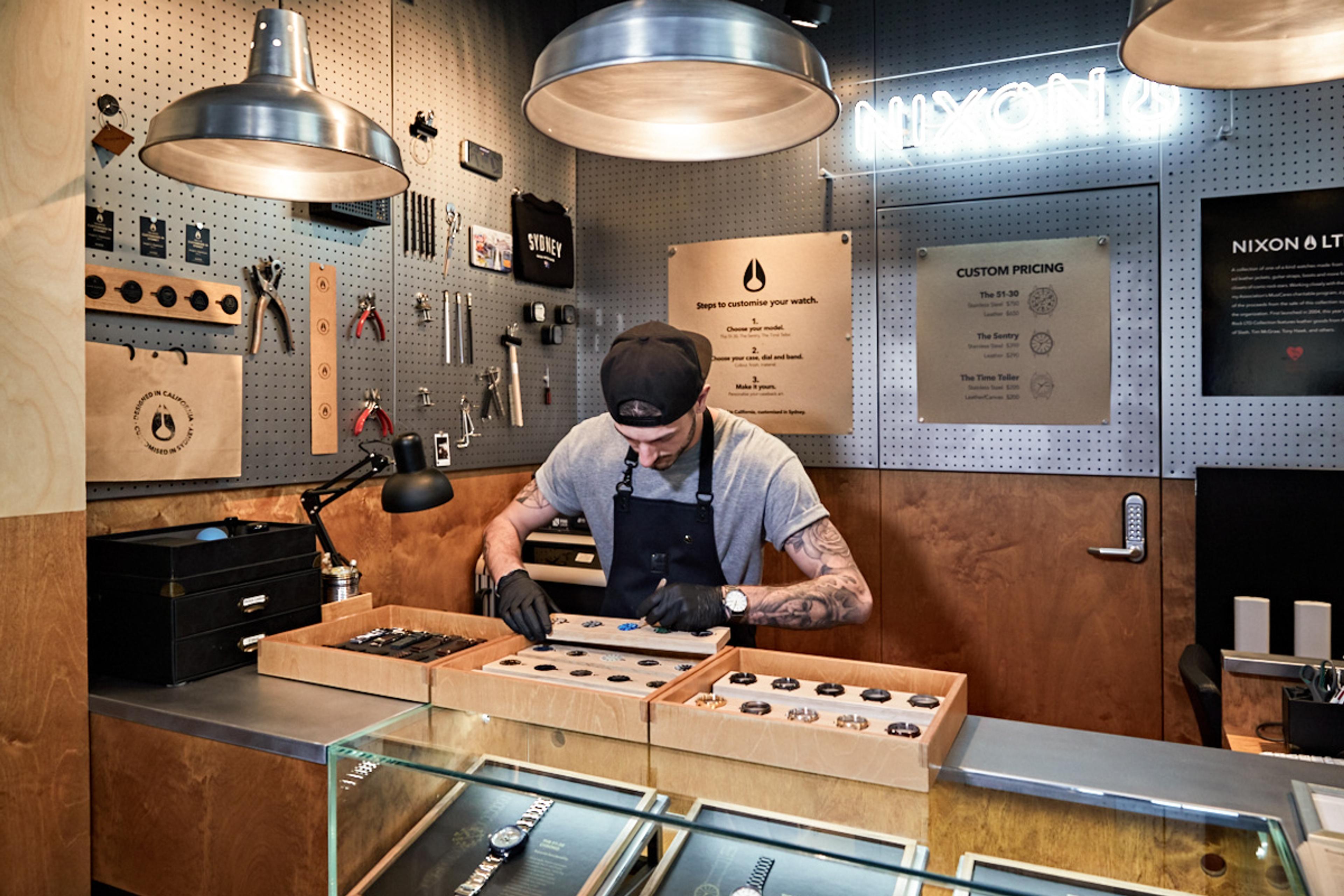
Nixon, Bondi Beach, Sydney.

Warehouse concept in London.
Spaces to engage people and places
The evolution of permanent retail spaces beyond a place to purely hold and distribute products demonstrates a clear opportunity for these spaces to be repurposed, providing greater meaning in people’s lives.
Brand spaces can and should play a vital role within our communities, connecting people and places to build a sense of belonging and human connection that can’t be replicated online. Taking up the mantle as facilitators of social engagement, brands can utilise new and existing spaces to address the isolation and disconnect felt in our digital age, picking up where public services and local governments have fallen short.
We like to think of these spaces as orchestrated experiences, places that indulge the key human characteristics of play, socialisation, curiosity and status, allowing people to co-create the narrative of the space, to immerse themselves in the brand culture and connect with like-minded people. This is one of the approaches Checkland Kindleysides has collaborated with the most progressive retailers to test, try and develop, leading to a greater sense of purpose as well as greater commercial outcomes.
The future of retail
Retail is witnessing unparalleled and accelerated levels of change, but there has and will always be a need to evolve and keep pace with shifts in culture, technology and economics. However, the possibilities change presents for brands, developers and their creative collaborators to reimagine the future is limitless. Even the smallest of retail spaces with the most purposeful and resonant experience can become the most impactful of places.
adidas Originals: the local hangout
In the heart of London’s Shoreditch, at 15 Hanbury Street, is a multi-layered experience shaping the future of physical engagement. Together with the adidas Consumer Experience team, we created a destination for the sneakerhead community that offers limited-edition experiences, playing host to local creatives, brand activations, exclusive product drops, DJ sets and panel discussions.
The thinking behind this concept was to create a malleable, living space embedded in the sneakerhead community and local culture – somewhere to be entertained, be highly informed and meet like-minded people. This new way of engaging this audience has proven to be a commercially effective proposition, with the space now one of the most successful in the brand’s portfolio.
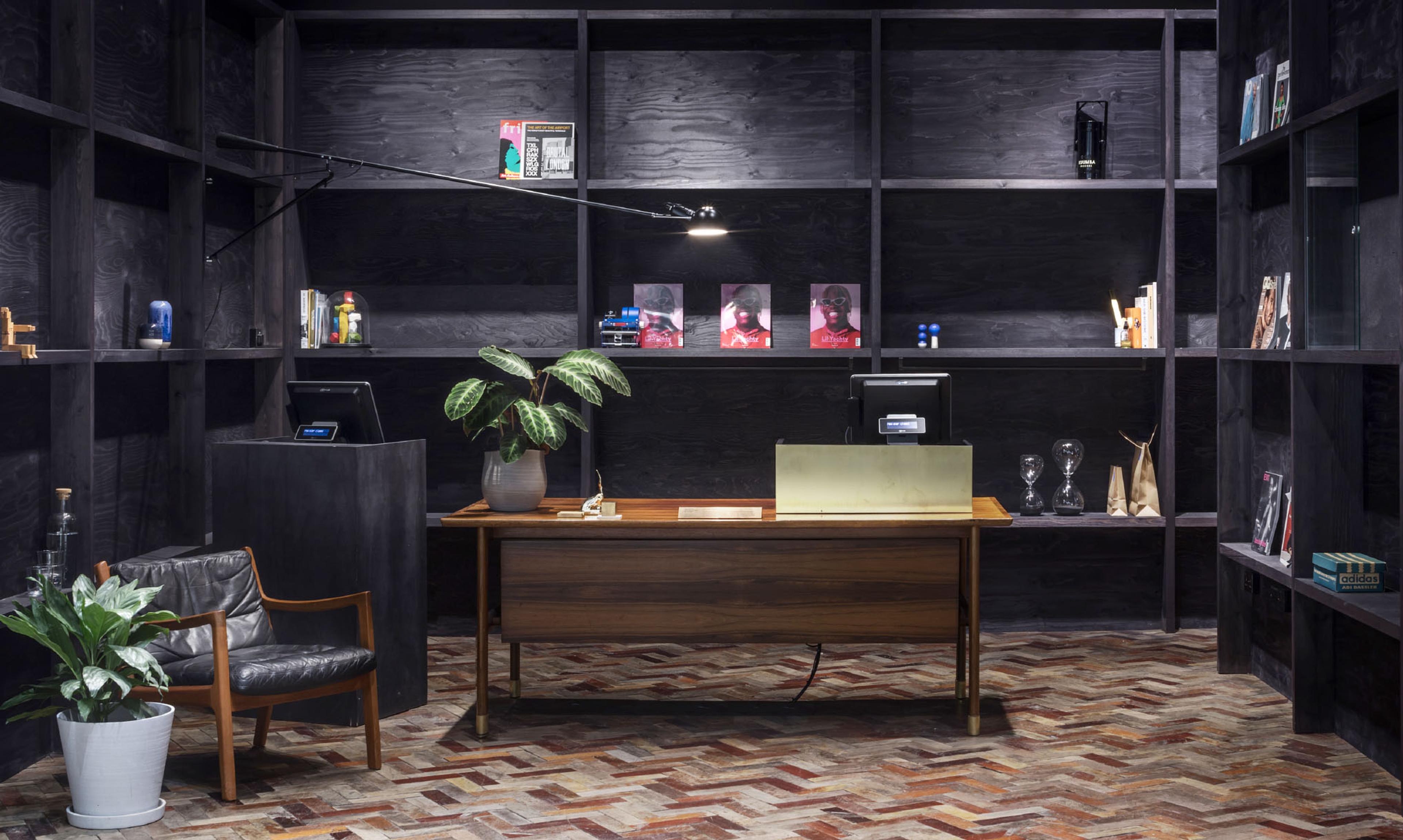
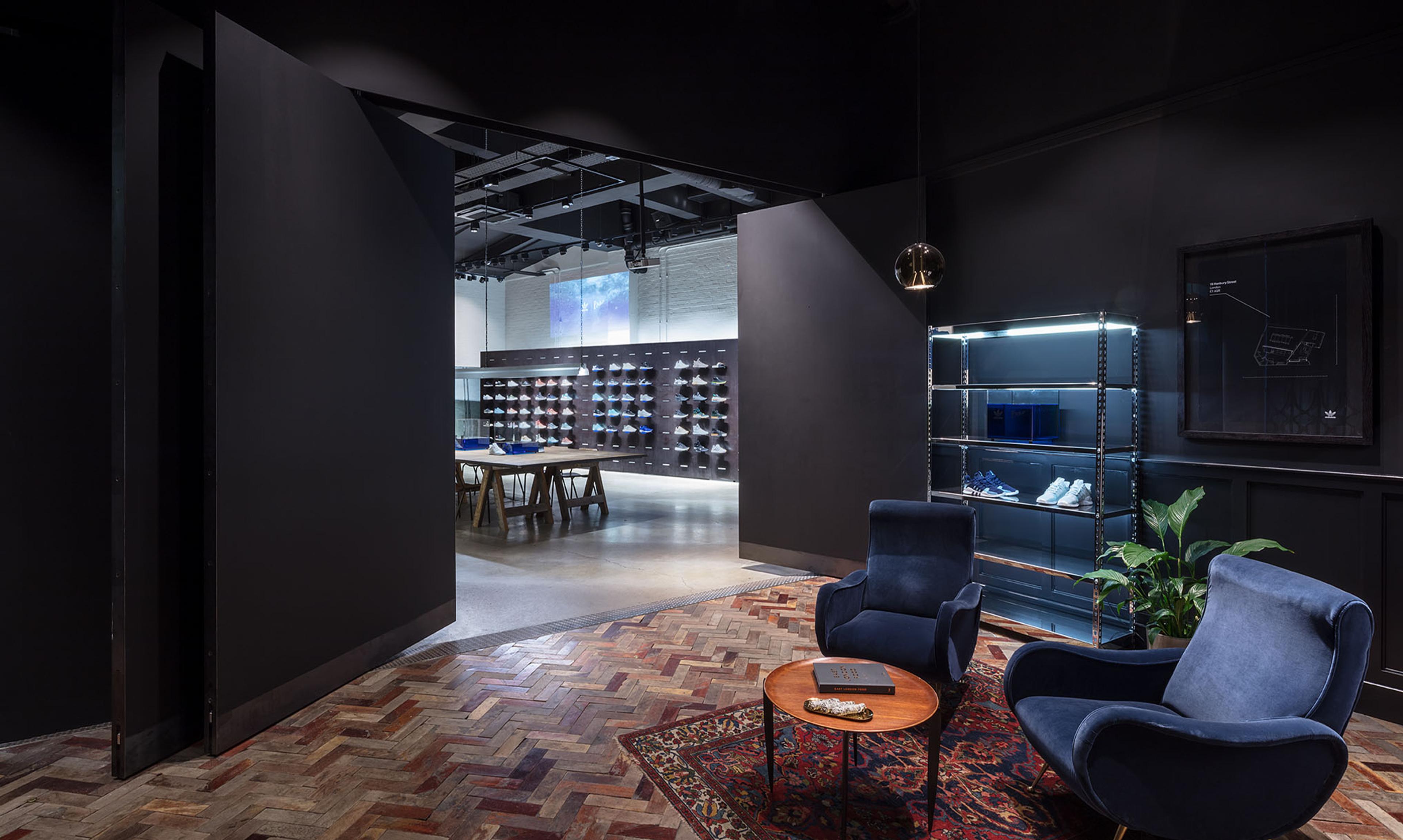

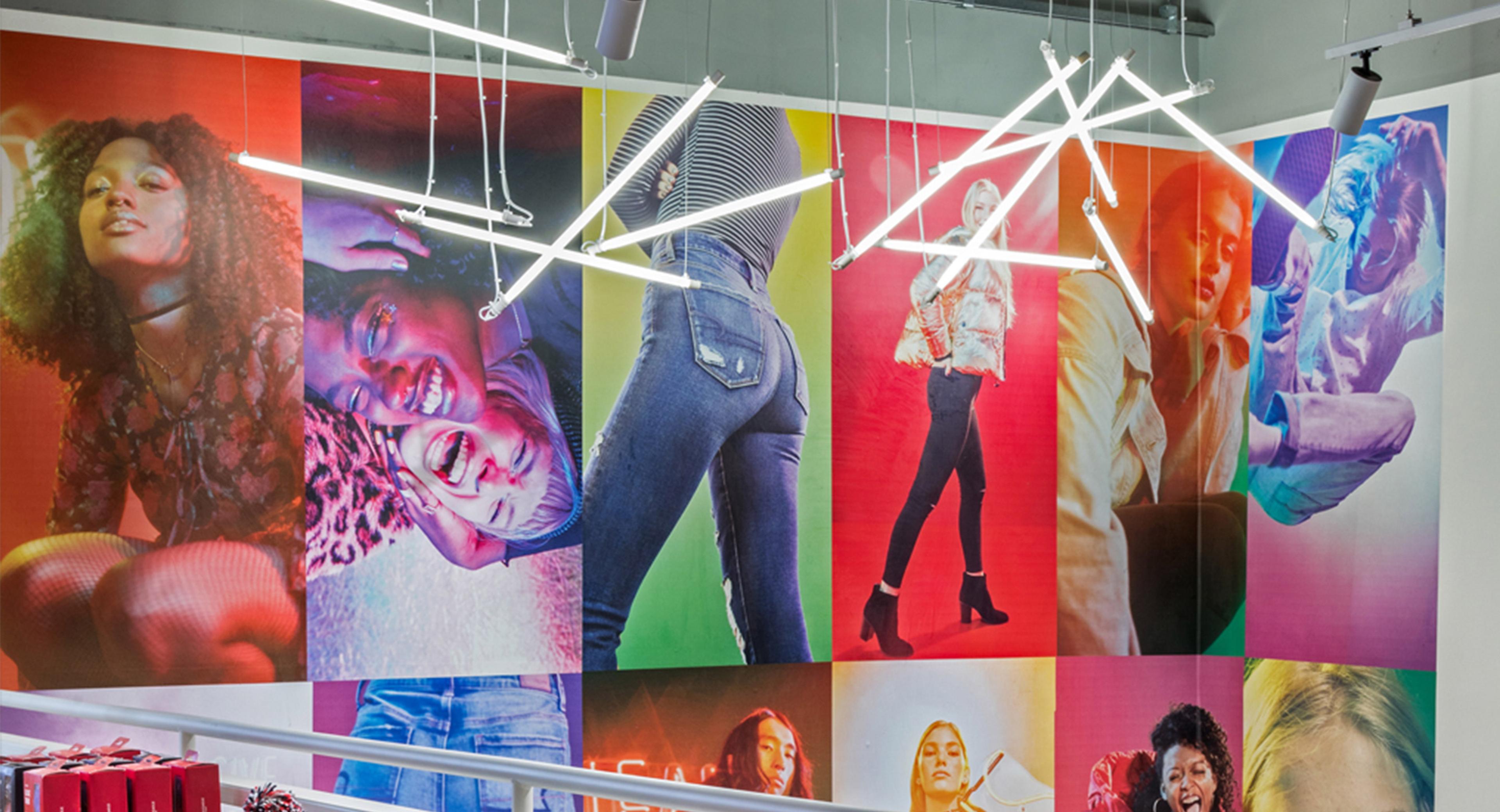
AE Studio: creating brand fans
American Eagle’s AE Studio forms an extension of the diverse and vibrant New York University community. We designed every aspect of the store with the target audience and locality in mind.
The space is positioned directly under NYU’s student gym and includes meaningful in-store services such as free laundry for students. Students can relax with friends while waiting for their laundry or study in the studio bar, which offers refreshments, free wifi and a view of Union Square. A makers’ studio also facilitates on-the-spot alterations and customisation, empowering this creative community’s desire for self-expression. Even the store’s product collections are tailored: a ‘dorm edit’ features homeware products, and NYU merchandise is available to buy in-store. Furthermore, American Eagle’s social media team is housed on site, placing them directly in the heart of the action to engage with customers, create content in real time and keep their finger on the pulse of the brand.
This space forms part of American Eagle’s overarching strategy to appeal to a younger audience. It has now successfully established itself as the second favourite apparel brand of American teens.
Tags
Authors
Jeff Kindleysides, founder of Checkland Kindleysides, works with leading retail brands, including adidas and AE Studio.
Publication
This article appeared in Exchange Issue No. 2, which explores the changing nature of the retail sector with contributions and design analysis from leading retailers, developers, consultants and more.
Read more
